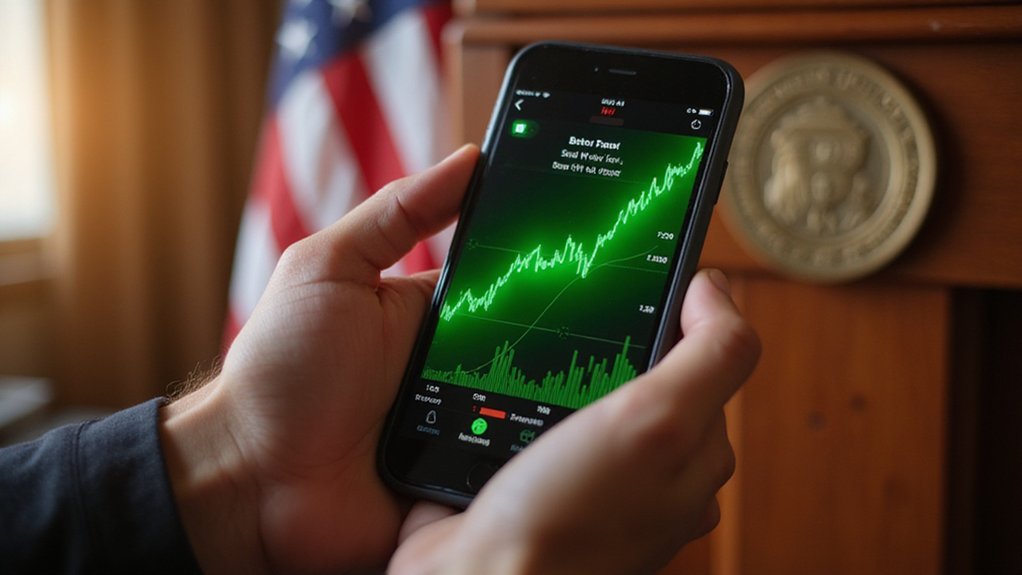While most investors celebrate modest portfolio gains, dormant Bitcoin wallets have been quietly orchestrating financial transformations that would make even the most seasoned wealth managers pause in disbelief. Two Bitcoin wallets, dormant for fourteen years, recently moved a combined 20,000 BTC—a movement that sent ripples through cryptocurrency markets and reminded observers of Bitcoin’s extraordinary journey from digital curiosity to institutional asset.
The mathematics of dormancy reveal a financial fairy tale bordering on the surreal. These 20,000 coins, worth approximately $7,800 when first acquired, now command a staggering $2.18 billion—representing a 13,982,800% return that makes traditional investment benchmarks appear quaint by comparison. Such astronomical appreciation underscores Bitcoin’s transformation from experimental currency to legitimate store of value, albeit one prone to spectacular volatility.
A 13,982,800% return transforms Bitcoin from digital experiment to institutional treasure, making conventional investment wisdom appear charmingly obsolete.
Similar reactivations have punctuated recent months, creating a pattern that analysts watch with considerable interest. A ten-year dormant wallet containing 365 BTC (valued at roughly $29 million) awakened, while another eleven-year sleeper holding 357 BTC stirred to life with its $34 million treasure intact. The on-chain analytics platform Lookonchain reported these wallet activations, demonstrating how blockchain transparency enables real-time tracking of previously inactive cryptocurrency holdings.
Perhaps most dramatically, wallets tied to the infamous Silk Road marketplace emerged from nearly eleven years of inactivity, moving Bitcoin worth over $322 million.
The motivations behind these movements remain tantalizingly opaque. Wallet owners may have rediscovered long-lost private keys, decided to enhance security protocols, or simply recognized that Bitcoin’s recent surge above $108,000 presented an opportune moment for portfolio restructuring. The anonymous nature of these transactions transforms each reactivation into a compelling mystery—are these individual early adopters finally cashing out, or institutional entities repositioning vast holdings?
Market implications extend beyond mere curiosity. Large dormant wallet movements can trigger volatility as traders interpret these actions as potential selling pressure or shifting sentiment indicators. The sudden introduction of previously inactive Bitcoin into circulation affects supply dynamics, potentially influencing price discovery mechanisms in ways that traditional markets rarely experience.
Some analysts suggest these reactivated holdings could find new purpose in decentralized finance protocols, transforming dormant assets into productive capital while maintaining exposure to Bitcoin’s price appreciation—a strategy that could redefine how institutional holders approach cryptocurrency portfolio management in an increasingly sophisticated digital asset ecosystem. These holders could potentially engage in yield farming to generate additional returns while preserving their Bitcoin exposure through DeFi lending protocols.







